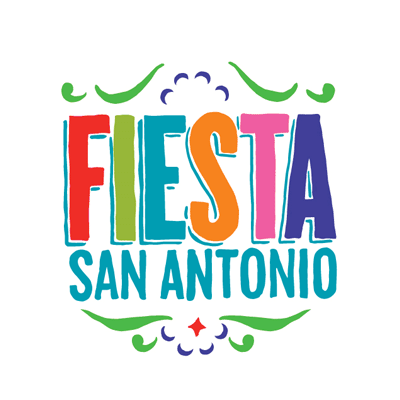Marketing Made Easy for Attractions
Drive More Visitors to Your Attraction with Automated Marketing Solutions
Your attraction isn’t just a destination; it’s an experience. Whether you run a theme park, water park, museum, zoo, or aquarium, your goal is simple: bring people through your gates and keep them coming back. That’s where Oveit comes in. We help you sell tickets, tell stories, and create unforgettable journeys from the moment a visitor finds you online to the day they can’t wait to return.


From Online Browsers to Thrill-Seekers: Optimizing Conversions
Let’s face it – your website isn’t just a brochure. It’s your front gate. But if your visitors aren’t converting to buyers, you’re losing them before they even arrive. Oveit transforms your website into a ticket-selling powerhouse with a sleek, easy-to-use booking system that converts hesitation into action.
And with support for over 130 currencies and multiple payment methods, your visitors from all corners of the globe can book their tickets with ease. The result? More visitors, fewer abandoned checkouts, and full attractions.
Get Listed Where It Matters: Integration with Channel Partners
The big players like TripAdvisor, GetYourGuide, Expedia, and Viator dominate the attraction space. If you’re not on their platforms, you’re missing out. Oveit connects your park, museum, or zoo directly with these channels, making it easy for travelers around the world to find you and book their next adventure.
These integrations aren’t just about visibility—they’re about growing your sales and managing it all seamlessly in one system.
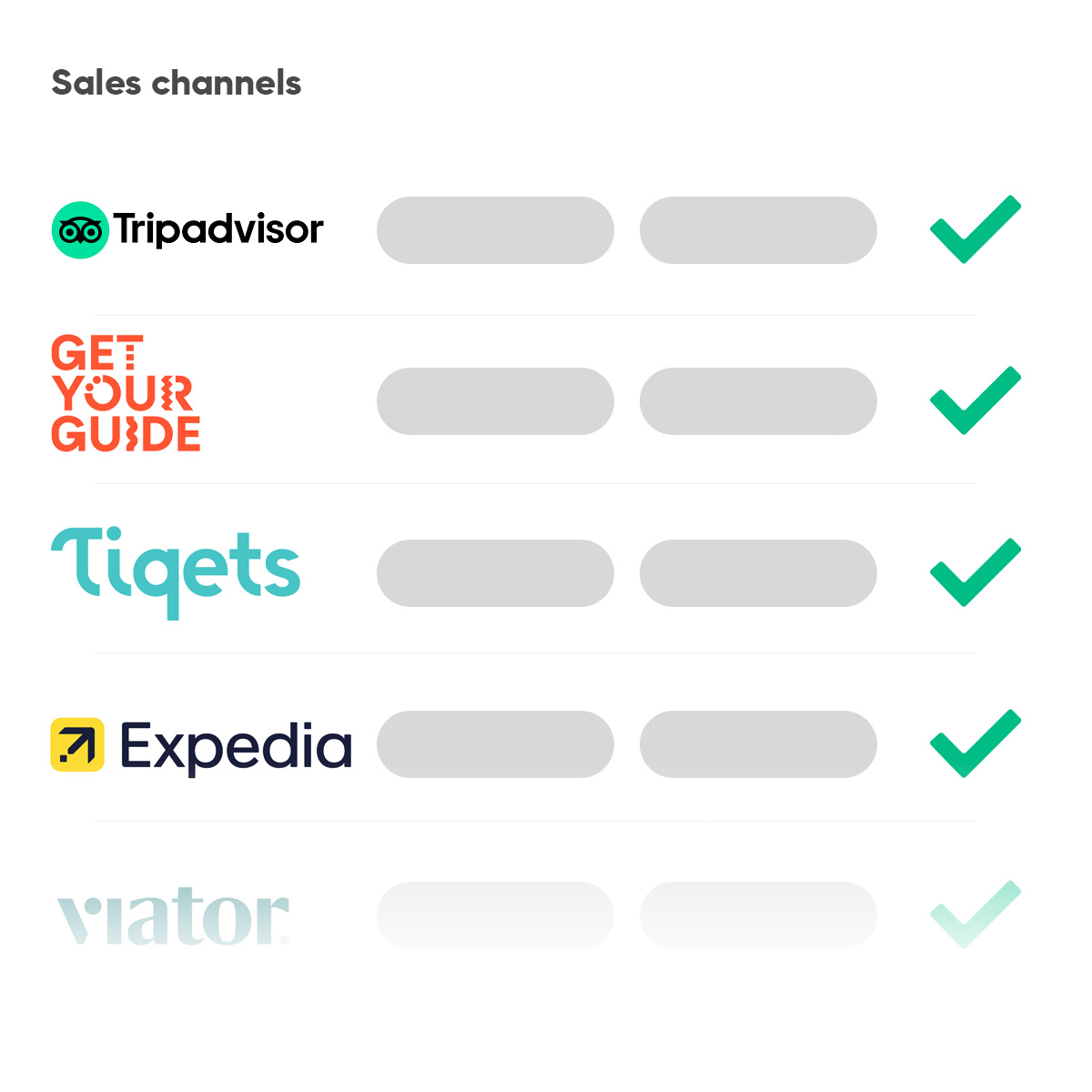
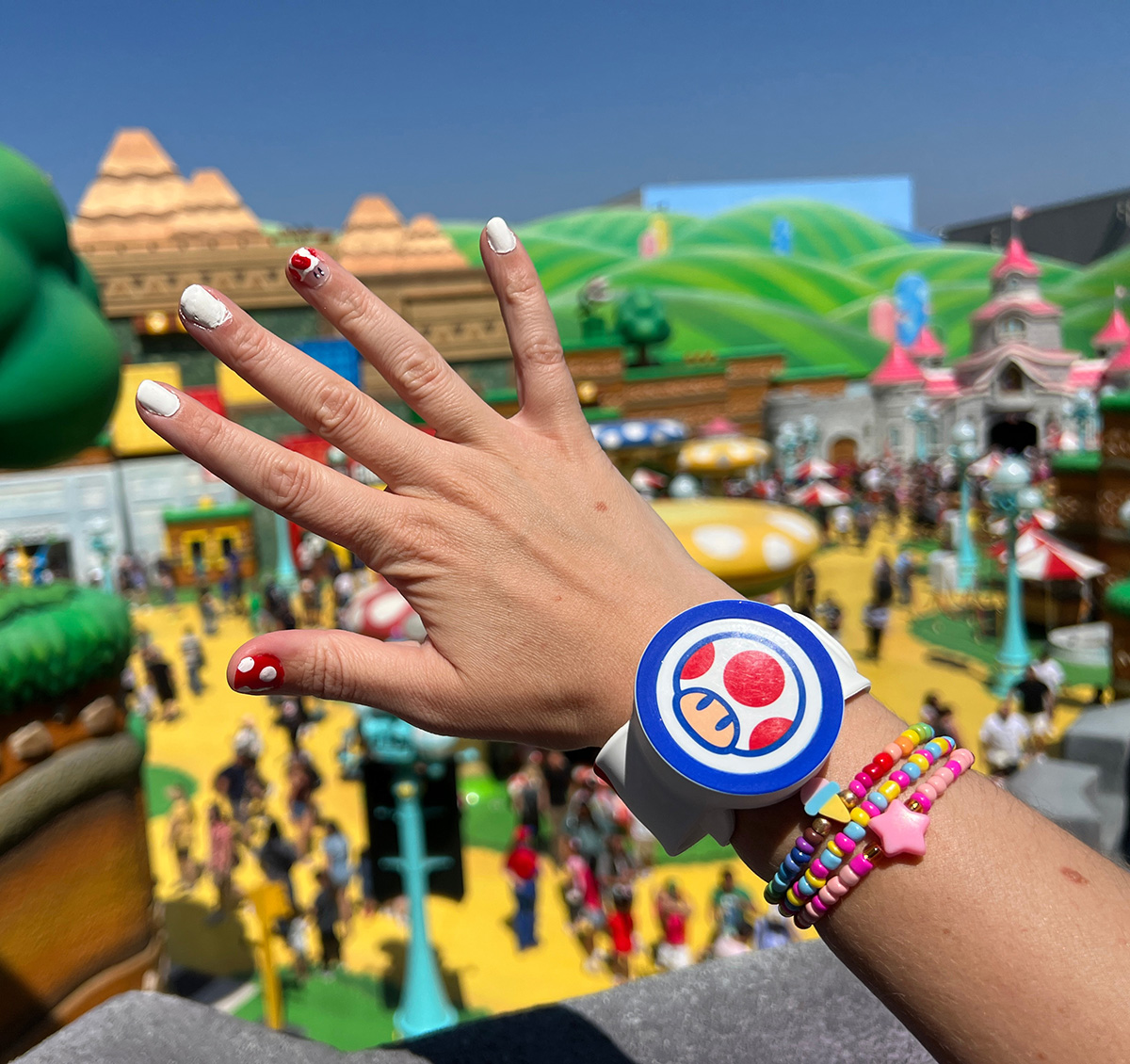
Your Brand, Front and Center: Custom Branded Experiences
For theme parks, water parks, museums, or aquariums, brand is everything. It’s the magic that draws people in and keeps them talking about your attraction long after they’ve gone home. Oveit ensures your brand shines at every stage of the journey:
- Your ticketing platform? Fully branded to match your park’s personality.
- Your tickets? Designed to thrill, with your colors, your style, and your story.
- Access control? Fast, seamless, and professional.
- NFC wearables or digital wallets? Branded wristbands or passes that guests love to show off.
Every interaction with your park becomes part of the adventure.
The Journey Doesn’t End at the Gate: Tracking the Full Guest Experience
Do you really know your visitors? What brought them to your attraction? What made them book? Which part of their visit did they rave about the most—or wish had been better? These questions hold the key to unlocking your full potential as an attraction, and Oveit has the answers.
Oveit allows you to track and understand the entire guest journey, from the moment they Google “things to do near me” to the way they interact with your attraction on-site and beyond. Here’s how:
Map Out the Journey – From Search to Satisfaction
With Oveit, you can see exactly where your visitors come from, whether it’s a travel site like TripAdvisor, a social media campaign, or a recommendation from a friend. This insight allows you to focus your marketing efforts where they’ll make the biggest impact.
When a visitor books, Oveit doesn’t just process the ticket—it gathers valuable data about what drew them to your attraction, their preferences, and the type of ticket they selected. This allows you to create highly targeted campaigns that resonate with your audience.
Real-Time Insights on Ticket Purchases
Once a visitor has booked, the journey continues. Oveit’s real-time tracking gives you visibility into ticket sales trends, letting you know what’s selling—and when. Are weekend tickets flying off the shelves? Do combo packages bring in bigger families? This data isn’t just numbers—it’s the blueprint to your audience’s behavior.
By analyzing these trends, you can adjust pricing, offer targeted discounts, or highlight your most popular features to maximize bookings.
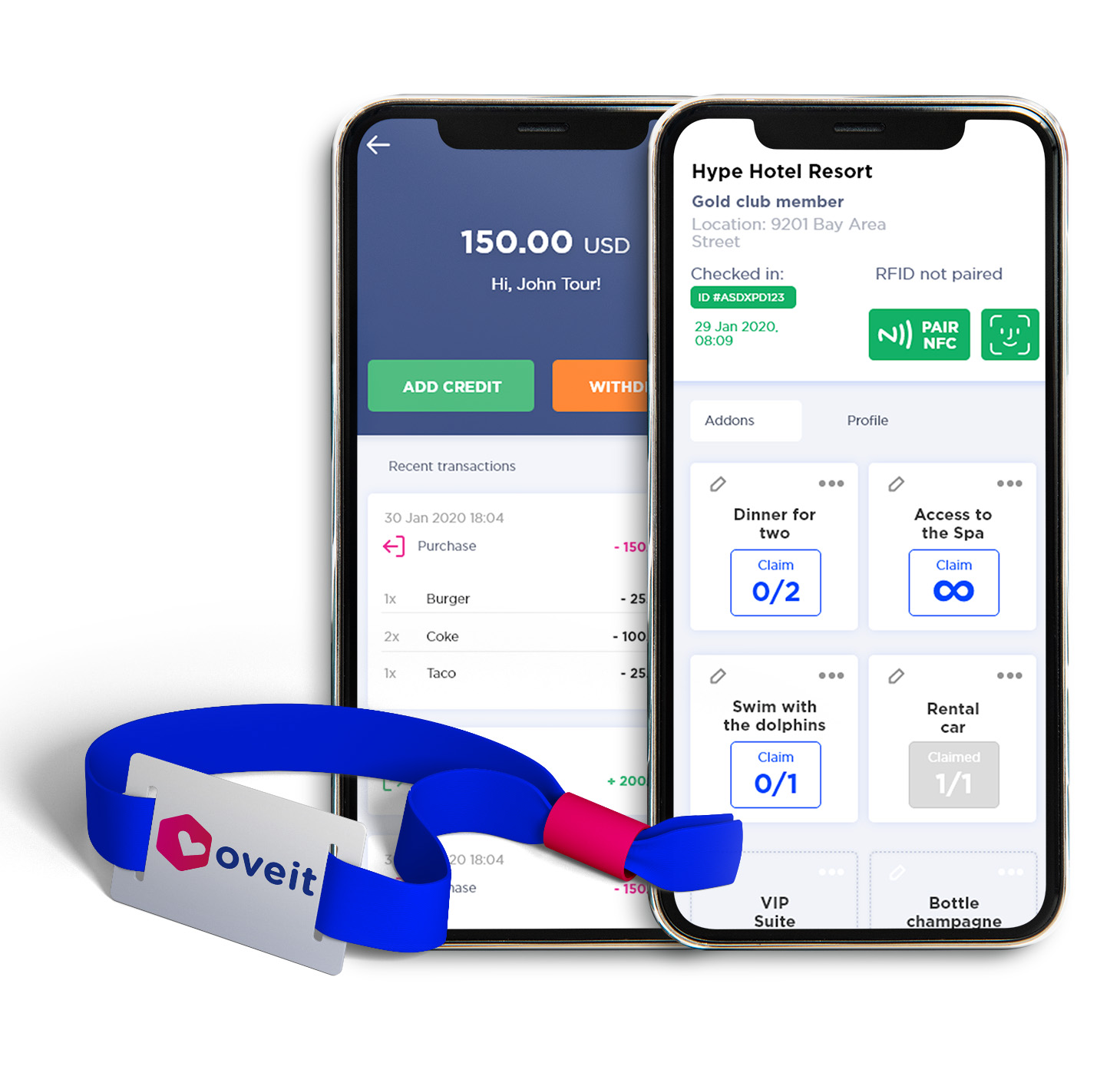

Track On-Site Engagement and Spending Habits
The guest journey doesn’t end at the entrance—it’s just getting started. Oveit’s technology, including NFC wristbands or digital wallets, lets you track how visitors move through your attraction. What rides do they hit first? How much time do they spend in your museum’s exhibits? Are they grabbing snacks at your café or visiting the gift shop?
This isn’t just interesting data—it’s actionable. Knowing what your guests love helps you fine-tune the experience, upsell merchandise, and even adjust staffing to reduce bottlenecks.
Understand Spending Patterns to Maximize Revenue
With Oveit, you can follow the money. From ticket upgrades to on-site purchases, our system gives you a clear view of how visitors are spending. You’ll know what items are most popular, what food stalls bring in the most revenue, and which offers are driving upsells.
This knowledge empowers you to create new revenue streams, such as special experiences, limited-time offers, or exclusive VIP packages that guests simply can’t resist.
Spot Repeat Visitors and Build Loyalty
Do your visitors return year after year? With Oveit, you’ll know. By identifying repeat visitors and tracking their preferences, you can create targeted campaigns to turn them into loyal fans.
For example, offer discounts on season passes to families who’ve visited twice in one year. Or send a personalized thank-you email with a special offer to guests who came back for a second visit. Little touches like these turn one-time visitors into lifelong advocates for your attraction.
Tailor Future Experiences Based on Feedback
Oveit’s tools give you the data, but what you do with it makes the magic. By understanding what your guests love most—whether it’s the thrill of your theme park’s roller coasters, the serene beauty of your aquarium’s exhibits, or the behind-the-scenes animal tours at your zoo—you can focus on delivering more of what works.
Got a feature that isn’t getting the love you expected? Oveit helps you identify areas for improvement, so you can make tweaks that elevate the guest experience across the board.
Boost Your Attraction’s Marketing Now
Join venues around the world that are
maximising their impact with Oveit
Highly Rated by Customers
“We very much enjoyed the support we received and how user friendly the platform was.”
“The Oveit team made all the challenges we encountered at the beginning turn into an excellent collaboration”
“Easy to use, great customer service: Automatization. From invoice to the ticketing process.”
“I use this service every week for my networking sessions and oveit is exactly what I need right now. in a few minutes I configure the event and let it go.”
“Help all around managing the crowd, buying tickets, event management: Real time response, professional attitude, proactive involvement, 24 h assistance”
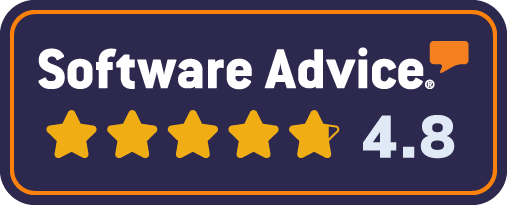
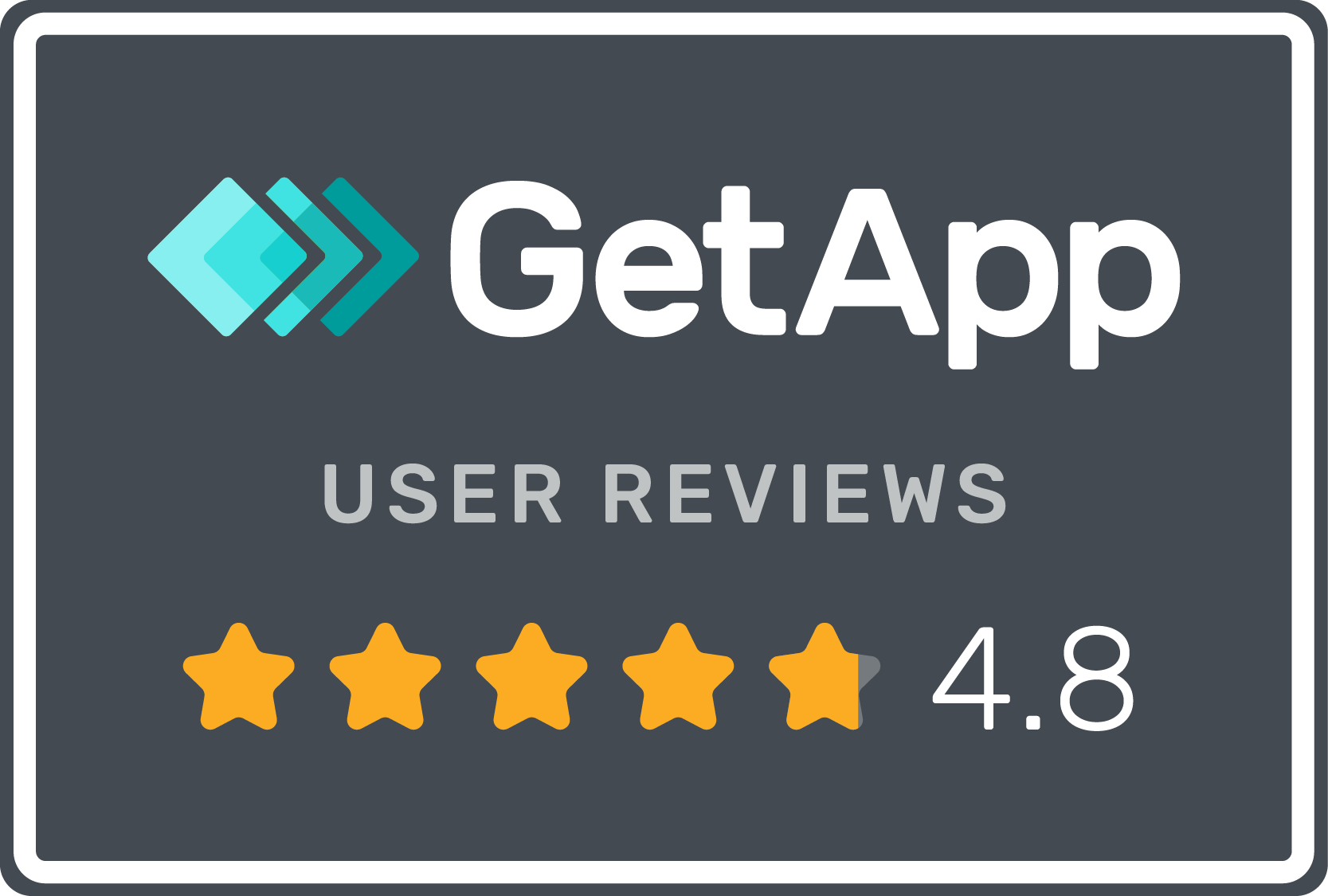
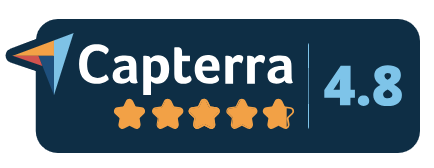
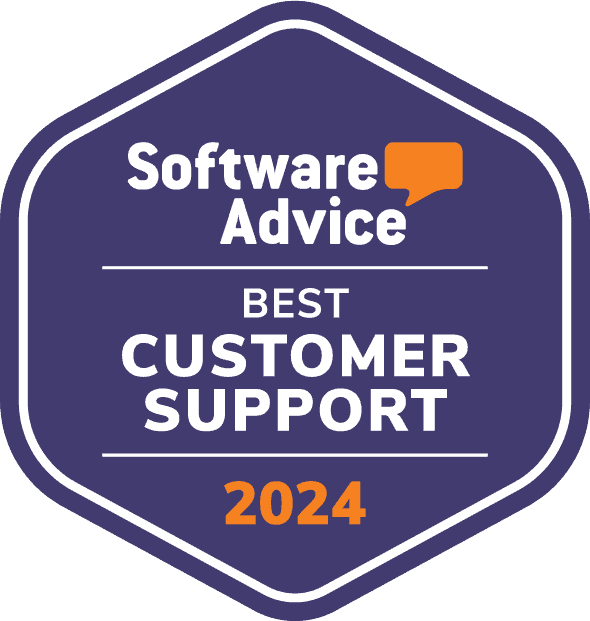

Boost Sales with AI Sales Agents
-
Interact Naturally: Engage with your buyers in real-time using natural language. Whether through chat or voice, the AI Sales Agent provides a friendly and personalized experience, improving conversions and leaving a great impression.
-
Recommend the Best Options: Ensure every guest finds the perfect ticket option. The AI can suggest the ideal package for groups, families, or individuals, ensuring they get the most value out of their visit.
-
Upsell and Cross-Sell: Maximize your revenue by recommending additional purchases. Whether it’s exclusive passes, food and beverage packages, or special experiences, the AI Sales Agent is designed to spot opportunities and encourage guests to enhance their visit.
-
Integrated with Accommodations: Make your attraction a complete destination. Optionally, the AI can assist guests in booking nearby accommodations, ensuring they have a seamless experience from stay to play.
Why Choose Oveit?
Smart Connections: CRM Integration for Automated Marketing
Imagine this: a family books tickets to your water park. A few days later, they receive a personalized email with tips on how to make the most of their visit. After they leave, you send them a thank-you note and a discount for their next trip.
This kind of tailored experience is easy with Oveit. By integrating with your CRM, we automate these moments while keeping them personal. Every guest feels special, and you stay top of mind.
Attract Communities and Campaigns with Discount Vouchers
Want to bring in school groups to your zoo or aquarium? How about rewarding locals for their loyalty? Oveit makes it easy to create personalized discount vouchers. From group rates for schools to campaign-based discounts for special events, you’ll draw in more visitors while keeping your brand in the spotlight.
Make Group Visits Irresistible
Whether it’s a family outing to your amusement park or a school trip to your museum, group visits mean big revenue. Oveit lets you create incentives for group bookings, encouraging visitors to bring their friends, families, or classmates. The more, the merrier—and the more tickets you sell
Ticket Bundles That Add Value
Why sell one ticket when you can sell an entire adventure? With Oveit, you can offer multi-ticket bundles that include access to different attractions, dining packages, or exclusive experiences. Visitors love the value, and you’ll love the boost to your bottom line.
Know What Works: Campaign Tracking and Insights
Are your campaigns pulling their weight? Oveit’s built-in analytics tell you exactly how your marketing efforts are performing. From tracking the success of a social media campaign to measuring the impact of discount codes, you’ll have all the insights you need to make smarter marketing decisions.
Supercharge Your Affiliate Program
Turn local businesses, travel bloggers, and influencers into ambassadors for your attraction. Oveit’s affiliate tools make it easy to track performance, manage commissions, and build relationships with partners who bring in visitors. With every new affiliate, your reach grows—and so do your ticket sales.
Sell Tickets Live: The Power of Video Shopping
Imagine running a live video on social media where you showcase your park’s best roller coasters or your aquarium’s latest exhibit. Now imagine viewers being able to buy tickets directly from the video. That’s live video shopping, and it’s the future of ticket sales. Oveit makes it simple to turn live streams into revenue streams.
Let’s Make Things Happen
Ready to transform your park’s operations and guest experiences? Connect with us today to explore how Oveit can help you boost sales, streamline operations, and delight your visitors. Together, we’ll create unforgettable experiences!
“It has more features than I ever dreamed of. Very easy setup. Any suggestion I sent to customer service was implemented within a day or so.”
Mike C.
Founder




